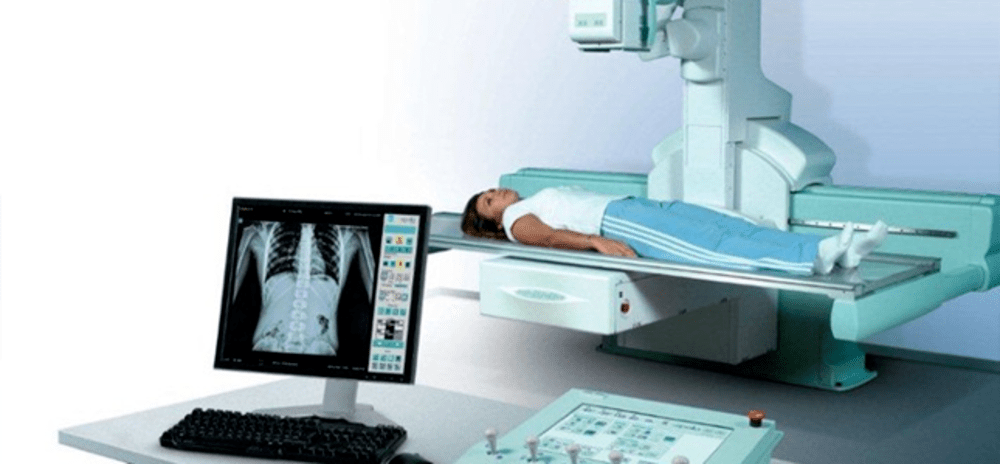Get more insights on Digital Fluoroscopy System
Digital Fluoroscopy Systems: Revolutionizing Medical Imaging

Fluoroscopy refers to a medical imaging technique that uses X-rays to obtain real-time moving images of the internal structures of a patient. In traditional fluoroscopy systems, X-ray images are produced on fluorescent screens and displayed electronically or recorded on X-ray film or videotape. However, newer digital fluoroscopy systems have now largely replaced the use of film and have numerous advantages over conventional fluoroscopy.
Transition to Digital Technology
Digital Fluoroscopy System digitally capture, process, store, and display X-ray images on high-quality LCD monitors. This eliminates the need for photographic films, cassettes, and darkrooms required in traditional fluoroscopy. Digital images can also be enhanced, archived, and securely shared over computer networks. The transition from analog filming to digital technology has provided fluoroscopy with improved resolution, workflow efficiency, and versatility compared to the older methods. Digital systems now account for the vast majority of new fluoroscopy installations in hospitals and medical imaging facilities.
Enhanced Image Quality
One of the primary benefits of digital fluoroscopy is superior image quality. Digital systems can capture radiographic information across a wider dynamic range than analog filming, producing clearer images with finer details. Digital images also have less image noise and do not suffer from issues like image glare, fading, or artifacts often seen on older fluoroscopy films. Several advanced imaging techniques like digital subtraction, roadmapping, and 3D fluoroscopy reconstruction are only possible with digital technology. This enhanced visualization helps physicians perform minimally-invasive procedures more effectively.
Improved Workflow
Digital fluoroscopy streamlines clinical and administrative workflow in many ways. Images can be immediately viewed on high-resolution monitors, eliminating the time spent in darkrooms processing films. Multiple images and cine loops can be reviewed simultaneously on the same or separate displays. Images are also easily archived, exported, and transmitted digitally instead of manually filing hard film prints. This improves documentation, consultation, and interpretation especially important for monitoring long-term patient records and disease progression. Overall, digital systems allow for more efficient use of costly fluoroscopy suites and staff.
- Art
- Causes
- Crafts
- Dance
- Drinks
- Film
- Fitness
- Food
- Oyunlar
- Gardening
- Health
- Home
- Literature
- Music
- Networking
- Other
- Party
- Religion
- Shopping
- Sports
- Theater
- Wellness
- IT, Cloud, Software and Technology


